P.O. Box 357, Morristown, IN 46161
[email protected]
Toll-free: 800.203.9176
Office: 765.763.8985
Fax: 765.763.8986

“Falls are among the most common causes of serious work-related injuries and deaths. Employers must set up the workplace to prevent employees from falling off of overhead platforms, elevated work stations or into holes in the floor and walls.” – Occupational Health and Safety Administration (OSHA)
At Harriman, we provide free-standing structures protect employees in the workplaces. These structures help protect against the number one cause of on-the-job fatalities—falls. Save your company from loss of productivity and worker’s compensation by investing in a safer way to work. We supply a variety of fall protection systems and services including:
Lanyards
In a personal fall arrest system, a lanyard connects a body harness to an anchor or a horizontal or vertical lifeline. Lanyards are typically made from 3 foot to 6-foot lengths of synthetic webbing or rope, or wire rope, with attached connectors such as snap hooks, carabiners, or other devices. Lanyards may have built-in shock absorbers to reduce the impact of a fall.
Always select the shortest possible lanyard. The longer the lanyard, the longer the fall and the greater the fall forces. Even shortfalls can generate huge amounts of force. Lanyards must be selected to limit free falls to no more than 6 feet and 1,800 pounds of force.
Consult a Harriman Material Handling representative to assist in selecting the lanyard best suited for your application.
Body Harnesses
The full-body safety harness is a key part of an active fall arrest system. The harness serves two purposes: first, distributing fall forces safely across a worker’s body in the event of a free fall, and second, providing freedom of movement sufficient to allow the worker to effectively perform his or her job. The full-body harness combines the features of a seat harness, which supports the hips and upper legs, and a chest harness, which supports the shoulders and chest. When properly used, the full-body design contains the human torso and aids in keeping it upright during a fall event.
Full-body safety harnesses are manufactured from different types of fabric webbing that are sewn together into various configurations or straps. Common harness webbing fabrics include nylon and polyester. Specialty fabrics like Kevlar are used for harnesses used in hazardous applications like welding and arc flash environments. The harness straps are tightened to the body with buckles. Common harness buckles include the tongue, quick attachment, and spring tension buckles. A standard full-body harness has straps and buckles that tighten around the shoulders, legs, and chest.
The fall protection specialists at Harriman Material Handling are here to help you select the right harness for your application.